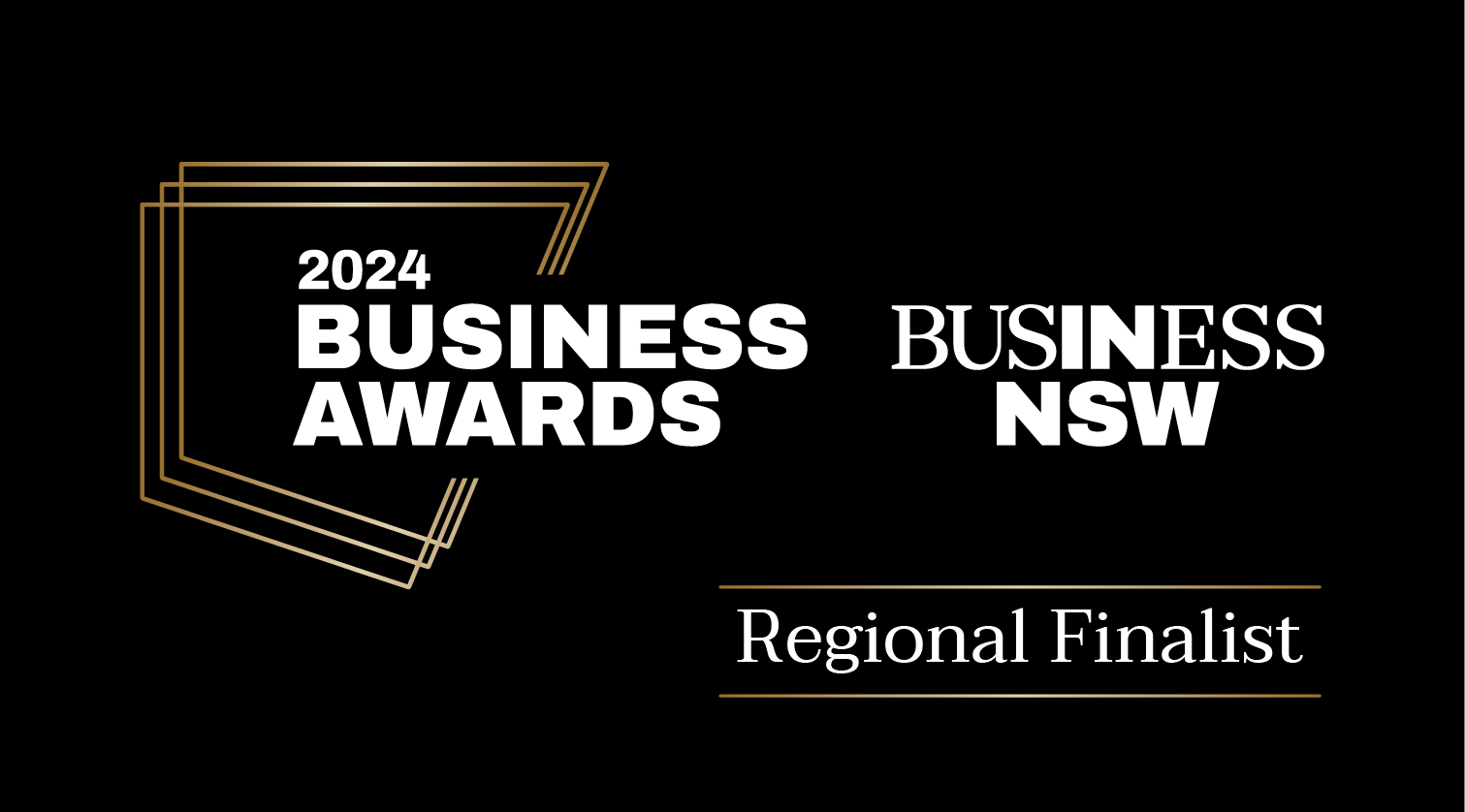The most common shot types in videography?
Hello Everyone,
Its Josh here from Loveridge Digital, this week on “Getting into it with Loveridge Digital” we are going to cover some of the common shot types and Acronyms you may see in our shot lists or storyboards.
Camera shots are an essential aspect of filmmaking and video productions, because by combining different types of shots, angles and camera movements, we are able to emphasize specific emotions, ideas and movements for each scene we produce.
The first shot type we are going to is an Extreme Long Shot (ELS) or Extreme Wide Shot (EWS)
An ELS makes the actor in the scene feel very minute. An extreme long shot is used to make an actor feel estranged or isolated.It can also make our subject feel very overwhelmed and taken back by its location generally its used to emphasize where a scene is set and is used to show the vast emptiness the actor may be in.
The next shot type is called a Long Shot (LS) or Wide Shot (WS)
The long shot covers the same concept as the ELS, but it’s a little closer. This comes into play when shooting people, if its a humanoid figure their whole mass will be in frame— but not filling the picture.The wide shot may also involve any spectators that can make any effective scenes more dramatic, allowing us to see the beautiful environment in which the sequence is set.
The next shot type is called a Full Shot or (FS) for short.
Full Shots Frame characters from head to toes, with the subject roughly filling the frame. If we use this sort of shot, the focus will be more on activities and actions instead of the mental state of a protagonist.
Whereas the next shot type which is called a Medium Wide Shot (MWS)
will frame the subject from roughly the knees up. It splits the difference between a full shot and a medium shot. Their is also a variation of this shot type called a Cowboy Shot or (CS) which frames the subject from roughly mid-thighs up. It’s got its name “cowboy shot” because it was used regularly in Westerns to frame a gunslinger’s gun or holster on his hip.
The next shot type we are going to discuss is a Medium Shot (MS)
The medium shot is one of the most common camera shot types, framing the subject from roughly the hip upwards and up beyond the stomach. It tends to focus on more of the nuances of the subject while keeping the setting visible.
Whereas the next shot type called a Medium Close Up Shot also known as (MCU) frames our subject from around the chest up. Typically this type of shot is of the human face, but still keeps the subject somewhat distant which allows for an eery distance during their face-to-face conversations in a scene.
When we want to capture a subjects face we use a shot type called a Close Up (CU) The close-up camera shot fills our frame with a part of our subject. for example if our subject is a person, it is often used to capture their face allowing us to reveal a subject’s emotions and reactions to something that could happen within the scene.
If the subject fills up our whole frame it is called a Extreme Close Up (ECU)
It often displays nuances of the human face such as the eyebrows or nose. In extreme close-up shots, smaller objects get great attention and are frames as the focal point of the scene.
The final shot to discuss is the establishing shot or ES. An establishing shot is a shot at the start of a piece of content that clearly dictates the location of the scene to the viewer.
It can often be confusing to understand the different types of shots and their role in your project but be rest assured that we will utilize the best shot types for your specific project.
Thank you very much for taking the time to watch the video, I hope you found it both informative and engaging
Ready to Start a Project?
Get In TouchAcknowledgement to Country 2024
Loveridge Digital would like to acknowledge and pay respect to the traditional custodians of the Australian lands on which we work. We are honoured to be on the ancestral lands of those whose cultures are among the oldest living cultures in human history. We pay respect to the Elders, past, present and to the younger generation of the community who will be the future leaders in years to come.





